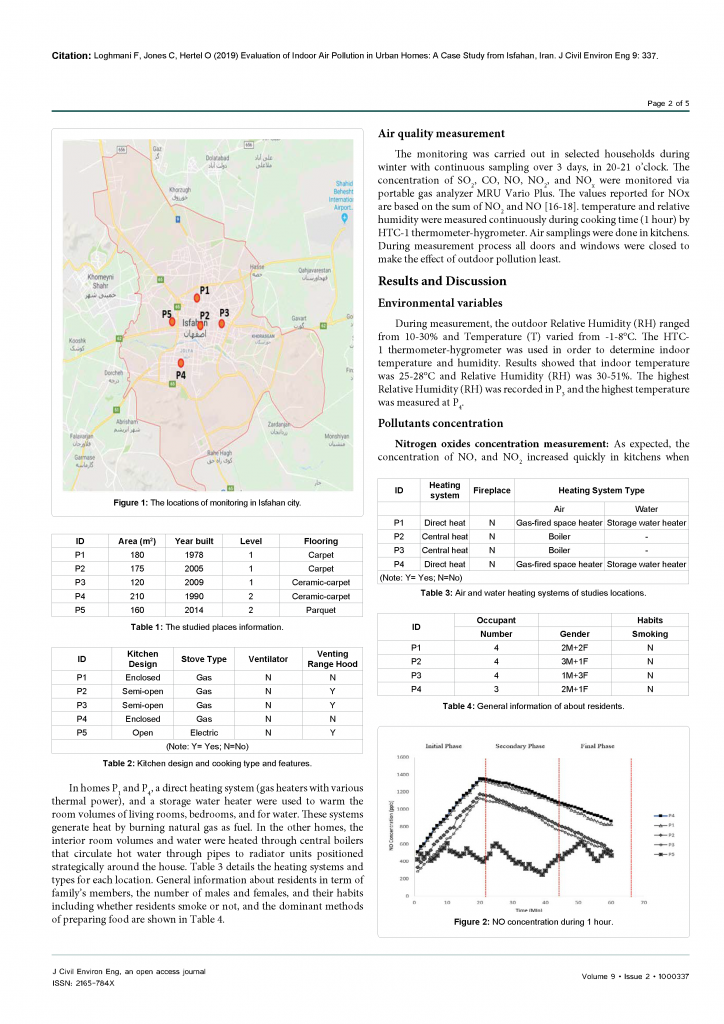Writing the Methods Section
The Methods section (also called Materials and Methods) allows the reader to see how the study was carried out (Fig. 3.1 and Fig. 3.2). This section can be enlightening because it connects the dots from the introduction (telling the reader what the problem is) and the results (showing data on “solutions” to the problem). There is more than one way to go about solving a problem. By explaining the approach used, the reader time is able to understand how the research progressed from step to step.
The results are a product of the methods used, so they should be carefully analyzed before beginning your testing. Questions to consider might be: Could it be done a different way that would be easier, more feasible, take less time and yield “better” results? Did the method follow all necessary steps? Did it use the scientific method? Was it ethical?
The methods section can also describe the technical theory involved in the study. If the research called for special equipment or software, it could be mentioned in the section.
Finally, stating the method and how the study was carried out in turn allows others to repeat the study, thus lending credibility to your article by showing that the results can be reproduced using the methods described. Different branches of engineering have specific testing procedures that make studies easy to duplicate by listing which procedure and standard you used in your methodology. An example of these standards would be those set by the American Society for Testing and Materials (ASTM).

In Figure 3.2 observe how figures and tables are used to present data for the materials and methods section. Each figure or table is referred to and explained in the text.

